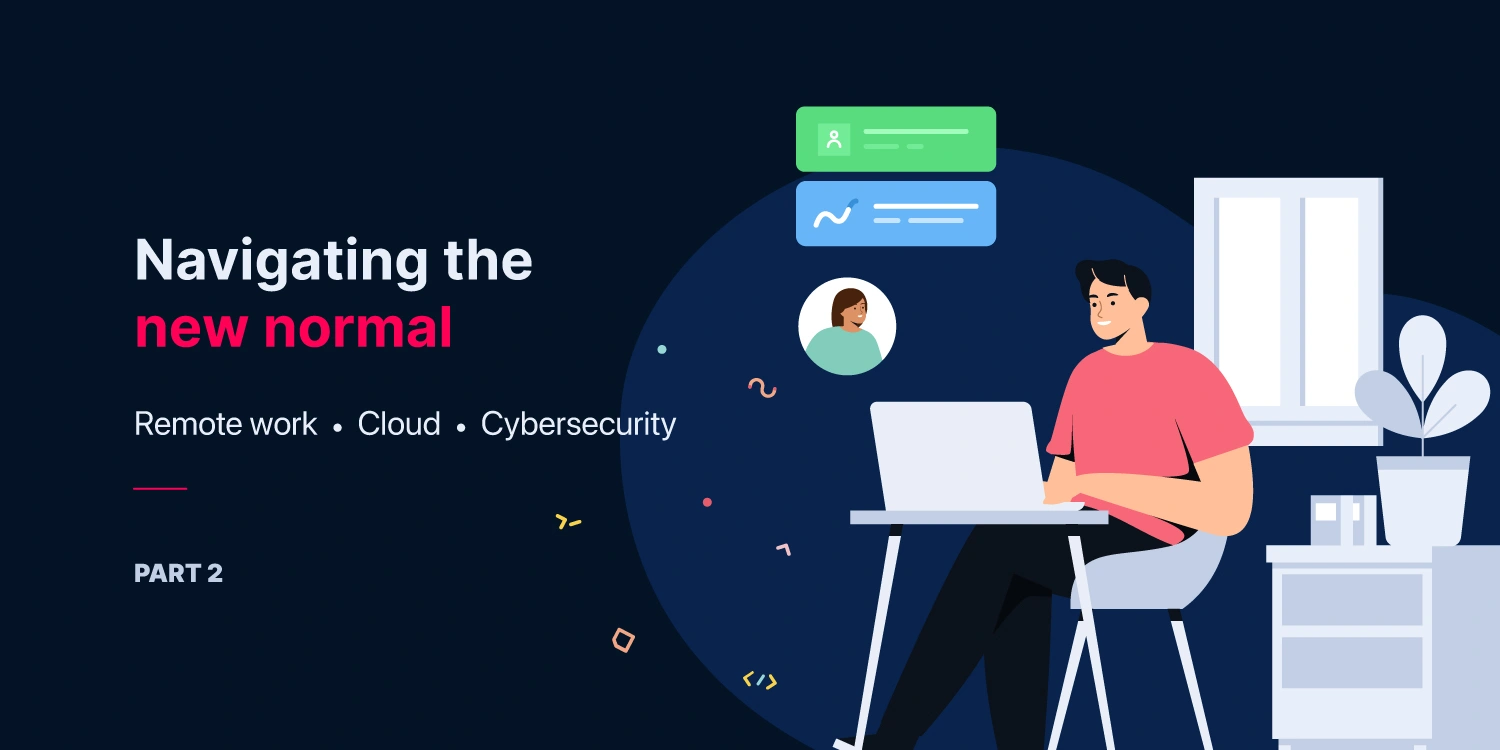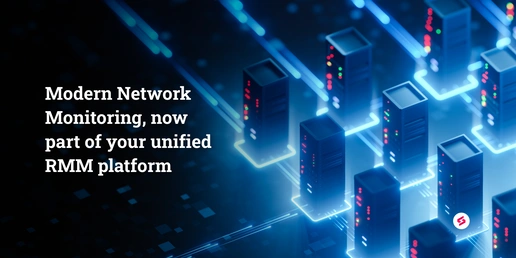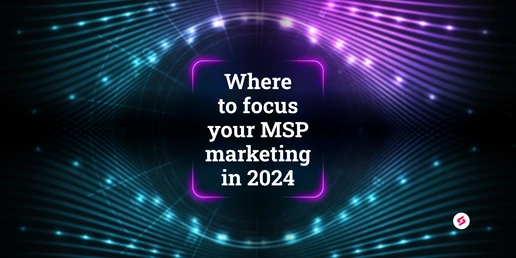In part 2 of the series on how MSPs can navigate the new normal, we explore trends such as remote work, cloud acceleration, and cybersecurity.
Remote work arrangements aren't a consequence of the pandemic. They were set in motion in the 1990s as a way to retain the services of mothers who preferred not to commute or who wanted to work part-time. In fact, in a McKinsey 2011 survey of 2,000 US businesses, one-quarter of the surveyed leaders said they planned to use more remote workers in the future. And that future is here. Perhaps not quite under the circumstances we'd have expected or preferred, but it is here, nevertheless.
The pandemic only played the catalyst. It first shuttered the face-to-face economy. Then it weakened the spatial relationship between work and home. In March 2020, millions of workers particularly in industries such as IT, finance, education, were thrust into an abrupt, chaotic experiment in working from home. Seven months later, the experiment is nowhere close to an end. For most of us, the test run looks more like the long run.
You live where you work
It was admirable to witness many companies rise to the occasion and swiftly migrate to a new way of working under these uncertain circumstances. This wouldn't have been possible without the help from managed service providers who went over and beyond to ensure business continuity and set people up for remote work.
More and more businesses turned to IT service providers and MSPs to address needs such as providing hardware and software applications to remote workers, ensuring they have a strong bandwidth, and establishing secure network connections. Managed service providers played a pragmatic game of whack-a-mole helping companies during the crisis.
However, the question that begs to be asked is this — did MSPs have the necessary resources and tools to help them accomplish this feat efficiently? Are their existing processes still relevant to tackle the new demands of clients?
Cloud acceleration
The democratization of information technology (IT) has been underway for many years now. The pandemic slammed down the accelerator on cloud adoption. It has also clearly demarcated managed service providers based on their digital readiness. For those MSPs that didn't take digital transformation seriously, the pandemic served as a wake-up call.

A lot of these MSPs were saying they wished they were able to operate remotely and that they were running a Windows virtual desktop so they could serve customers the way they should. It has caused MSPs to rethink their role in the ecosystem. If you are an MSP and are not in the cloud, you are very behind. You will ultimately fade to an irrelevant nature if you are not able to offer a cloud service to your customers.
 | Joseph Landes Chief Revenue Officer, Nerdio |
The time for MSPs to fully embrace the cloud is now. Why now more than ever, you ask? Because cloud computing stretches the perimeter of the organization beyond its four walls. Therefore, the cloud is a better and viable solution for computing, network, and storage requirements in a remote work environment.
Now that the first phase of tackling the crisis is over, where you implement the resources for your client's remote workforce to connect and collaborate, you need to equip yourself to offer remote workforce solutions that clients are looking for.

Managed services and cloud services work perfectly together! They are not competing models. Sometimes people talk about break/fix, managed services, and cloud services as if it’s a religious war. But in reality, you don’t have to pick sides and you don’t have to choose just one.
Karl Palachuk Managed Services in a Month: Build a Successful It Service Business in 30 Days |
One of the key lessons that we can learn from the crisis is the importance of having the right tools to ensure business continuity. For managed service providers, this is yet another opportunity to have cloud-enabled applications ready and offer customers a digital transformation plan that addresses their business needs.
Can the migration to the cloud and the rapid shift to remote working models have an impact on cybersecurity? Definitely.
Cybersecurity
While tools and technology helped us navigate through the crisis and embrace remote work, it also opened up a pandora's box. The recent onset of remote workforce has paved the way for IT democratization. This means enabling secured access through multiple devices, asset types, internet service providers, and networks.
Hence, you don’t have to look too far to see that cybersecurity has become a pressing issue. With the overnight shift to remote work, cyber threats have increased. It's crucial for MSPs to understand how the secure perimeter around tools is steadily dissolving. Right now, they are expected to address this issue, particularly for their SMB clients.
But do all MSPs have the expertise needed to deliver cybersecurity services?
Today’s MSPs face significant challenges when it comes to delivering managed security services that provide the preventive capabilities their clients need. And that’s because they’re cobbling together single-function technologies from multiple vendors and struggling to operate them efficiently and effectively.
But if cybersecurity is one of their key service offerings, managed service providers need to step-up surveillance and security measures to remove vulnerabilities and prevent malicious attacks. They also need to initiate conversations to raise awareness around cybersecurity to enable strict compliance with the company's policies.
Related reading: Cybersecurity tips for MSPs
If IT security isn't a key service you offer, then what do you do? Should you transition to MSSP or should you team up with them? While this question merits an entire article, the short answer is it is crucial to partner with an MSSP who can deliver cybersecurity convergence, without having to break the bank. MSPs and MSSPs will always have specialization in their respective areas, and that is why it makes so much sense for the two forces to come together and combine their expertise.
Related reading: To be or not to be an MSSP in 2021
Closing thoughts
Managed service providers must use this moment to break away from the inaction of the past and be willing to pivot their business towards opportunities. That kind of change will require transformational thinking. At the end of the day, the goal is to stay relevant, evolve with the changing times, and deliver great IT service to customers.
There are more trends that this pandemic has summoned this year. I will be discussing them in my follow-up post.





